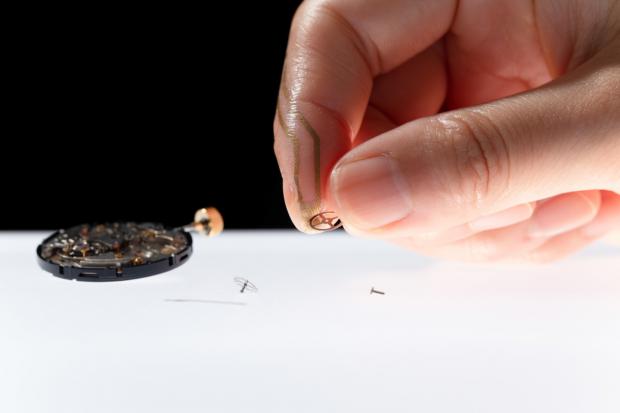
Breaking News
 Harbor Freight Coverpro 12x20 made into a Metal Building part 2
Harbor Freight Coverpro 12x20 made into a Metal Building part 2
 Brian Cole BUSTED, Halle Berry NUKES Newsom + Candace REJECTS TPUSA Challenge...
Brian Cole BUSTED, Halle Berry NUKES Newsom + Candace REJECTS TPUSA Challenge...
 I spent my Thanksgiving in the emergency rom... Medical emergencies can pop up at any time.
I spent my Thanksgiving in the emergency rom... Medical emergencies can pop up at any time.
 The "Golden Age" of Job Layoffs?
The "Golden Age" of Job Layoffs?
Top Tech News
 Build a Greenhouse HEATER that Lasts 10-15 DAYS!
Build a Greenhouse HEATER that Lasts 10-15 DAYS!
 Look at the genius idea he came up with using this tank that nobody wanted
Look at the genius idea he came up with using this tank that nobody wanted
 Latest Comet 3I Atlas Anomolies Like the Impossible 600,000 Mile Long Sunward Tail
Latest Comet 3I Atlas Anomolies Like the Impossible 600,000 Mile Long Sunward Tail
 Tesla Just Opened Its Biggest Supercharger Station Ever--And It's Powered By Solar And Batteries
Tesla Just Opened Its Biggest Supercharger Station Ever--And It's Powered By Solar And Batteries
 Your body already knows how to regrow limbs. We just haven't figured out how to turn it on yet.
Your body already knows how to regrow limbs. We just haven't figured out how to turn it on yet.
 We've wiretapped the gut-brain hotline to decode signals driving disease
We've wiretapped the gut-brain hotline to decode signals driving disease
 3D-printable concrete alternative hardens in three days, not four weeks
3D-printable concrete alternative hardens in three days, not four weeks
 Could satellite-beaming planes and airships make SpaceX's Starlink obsolete?
Could satellite-beaming planes and airships make SpaceX's Starlink obsolete?
"Imperceptible" skin records wearers' finger pressure

And while you might wonder why they bothered, it actually has an interesting potential application.
The ultra-thin yet tough "nanomesh sensor" was built by a team at the University of Tokyo, led by Sunghoon Lee. It's made up of four layers, one of which is an insulating polyurethane mesh, and another of which consists of a network of electrically conductive gold lines – these lines serve as the pressure-sensing electrodes.
The porous membrane is thin enough that when applied to a person's fingertip, it doesn't affect their sense of touch or their ability to grasp objects. At the same time, though, it's very durable. When applied to the fingertips of 18 test subjects, it was reportedly "imperceptible" to the wearer, plus it remained intact and functional even after being rubbed against an unyielding surface 300 times.
It is hoped that the technology could ultimately find use in archiving the handiwork of people such as artisans or surgeons, who perform very delicate, exacting tasks. Based on their finger-pressure data, it's possible that other people or even robots could learn to perform the same tasks, at the same skill level.
The research is described in a paper that was recently published in the journal Science.

 First totally synthetic human brain model has been realized
First totally synthetic human brain model has been realized Mach-23 potato gun to shoot satellites into space
Mach-23 potato gun to shoot satellites into space

